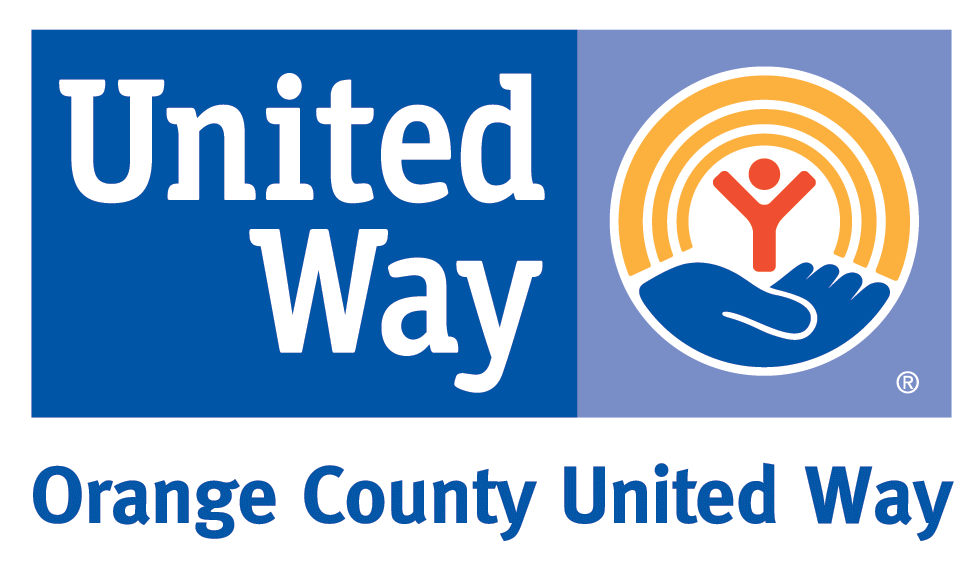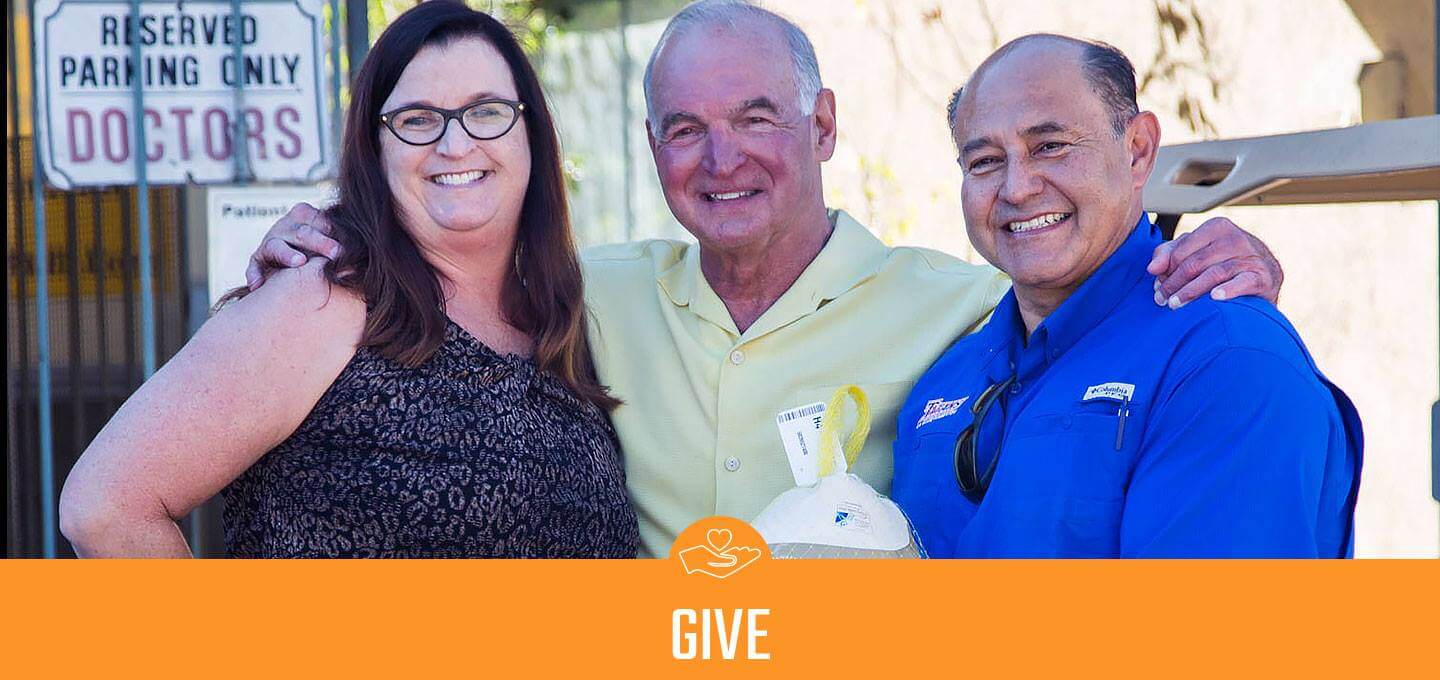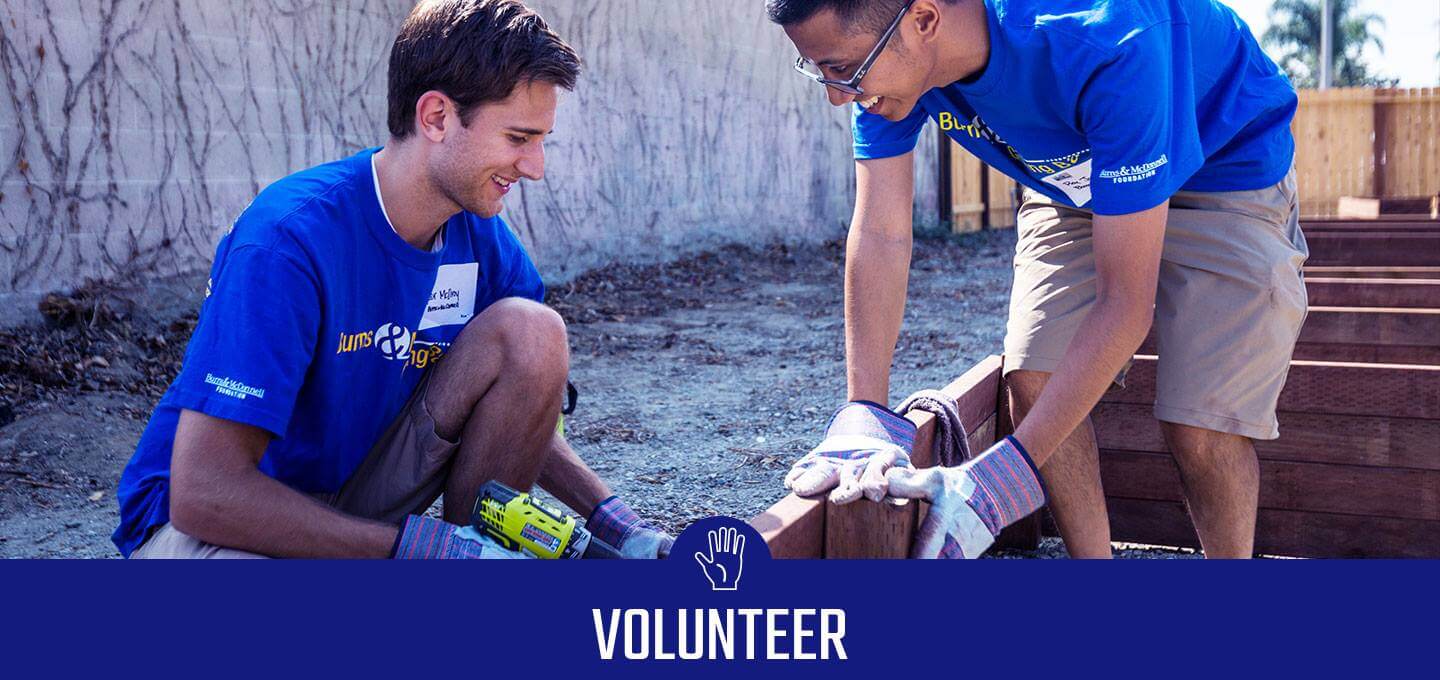Report Identifies Three Key “Pivot Points” Impacting County’s Future: Rising Housing Costs, Growing Opportunity Gap in Skills and Wages, and Children’s Health Issues
SANTA ANA, CA – The 16th Annual Community Indicators Report will be in the spotlight at the next OC Forum luncheon, to be held Wednesday, September 2nd at the Hilton Irvine.
The report shows an Orange County community making strong gains in job growth, education and healthcare. However, the report also focuses on three “pivot points” to which the community must direct its attention to ensure Orange County’s future well-being, related to rising housing costs, a growing opportunity gap both in skills and wages, and children’s health issues including obesity and mental health.
The report, jointly produced by CalOptima, the Children and Families Commission of Orange County, Orange County United Way and the Orange County Community Foundation, offers a comprehensive depiction of the health and prosperity of Orange County residents relative to peer regions throughout California and the U.S., and compared to recent years.
“The Community Indicators Report raises key issues for Orange County – both in our children’s health and the opportunity gap between high and low-income earners,” said Maria Minon, MD and Chair of the Children and Families Commission of Orange County.
These issues are directly addressed by the Commission’s investments and vision that all children are healthy and ready to learn when they enter kindergarten. We are proud to be a partner in the development of the Report and in collaboratively addressing these issues.”
The Community Indicators Report covers all areas of County health, economic conditions and quality of life, including business, technology and employment, income and housing, education, public safety, environment, infrastructure and healthcare.
“The Community Indicators Report provides valuable information on major trends impacting the health of our community,” said Michael Schrader, CEO of CalOptima. “As the community health plan for Orange County, CalOptima is dedicated to participating in collaborative efforts that improve the overall health and well-being of our region.”
This year’s Report lists some areas of education, jobs and healthcare as having the strongest gains while identifying access to housing, family financial stability and an emerging “skills gap” as particularly weak areas. Specific areas of note include:
- The dropout rate of Orange County students fell from 7.3 to 6.7 percent between the 2012-13 and 2013-14 school years.
- In 2013, 41 percent of Orange County neighborhoods showed a high concentration of families that are financially unstable, up from 39 percent in 2012.
- In 2014, 33 percent of Orange County students were overweight, a drop from an average of 38.6% from the previous year.
- 131,804 Orange County residents enrolled in a Covered California health plan between October 2013 and March 2014.
- Orange County continues to be “job-rich” but “housing-poor,” with only 40 percent of new housing constructed to accommodate all income levels. Less than half of Orange County households (44%) can afford an entry-level home.
- 32,510 public school students (K-12) were identified as homeless or housing insecure (living in motels or doubled or tripled up with other families) during the 2013-14 school year, an increase of six percent.
Available jobs and wages are increasing for higher wage occupations and decreasing for lower-wage occupations, and are influenced by levels of education, which creates growing “opportunity and skills gaps.”
United Way, one of the underwriters of the report, launched a 10-year community-wide action plan last year – known as FACE 2024 – to address the key building blocks to a successful life: Education, Income, Health and Housing.
“The Community Indicators Report is a critical tool that we use as a data source to verify where the needle is moving on key issues. We also report our efforts against our goals through an annually-published Community Scorecard that provides a snapshot of Orange County, as well as how we direct and invest in initiatives that impact the high school dropout rate, family financial stability, childhood obesity and child homelessness and housing instability,” said Steve Allison, Chairman of United Way’s Board of Directors. “While these indicators show that we are indeed impacting the most significant areas of need in our community, the pivot points highlighted also make it clear there is still much work to do over the next decade,” added Allison.
CalOptima, the Children and Families Commission, United Way and the Orange County Community Foundation collaborated on this important project because it provides a thorough examination of growth trends as well as serious issues. The Report’s findings help the organizations identify additional opportunities for collaboration among local leaders and community stakeholders in a collective effort to tackle the local challenges.
“This year’s findings echo what we have known for several year: there are thousands of vulnerable families, children and older adults facing significant barriers right here in our backyard. We encourage the community to dig deeper into these realities and engage in a conversation about the future of our community,” said Vicki Booth, president, Ueberroth Family Foundation, and board chair, Orange County Community Foundation, which helped to fund the study.
OC Forum panelists addressing the Reports’ key pivot points include:
- Steve Pontell, President, LaJolla Institute
- Dr. Mildred Garcia, President, California State University, Fullerton
- Christina Altmayer, Executive Director, Children and Families Commission of Orange County
Orange County Register Vice President Steve Churm will moderate the panel.
For more information about or to RSVP for the luncheon, please visit the OC Forum website.
NEWS CONTACTS:
Kelly Pijl, Children and Families Commission of Orange County
21Strat 714-567-0151, [email protected]
Katherine Ransom, Vice President, Marketing and Communications
Orange County United Way 949.263.6176, [email protected]
Cynthia Ragland, Orange County Community Foundation
21Strat 949.553.4202 ext. 22, [email protected]
ABOUT THE COMMUNITY INDICATORS REPORT:
Released annually since the year 2000, the Community Indicators Report tracks a range of topics important to the county’s health and prosperity. It highlights areas in which the county is performing well and making progress, as well as those where improvement is needed and where community efforts may positively influence Orange County’s future. The data compiled allows stakeholders to ask whether a certain practice or trend is sustainable and helps guide policy makers in fostering and maintaining Orange County’s vitality.
ABOUT CALOPTIMA:
A county organized health system, CalOptima provides publicly funded health plan coverage for low-income families, seniors and people with disabilities in Orange County, Calif. CalOptima’s mission is to provide members with access to quality health care services delivered in a cost-effective and compassionate manner. One in seven Orange County Residents is a CalOptima member through Medi-Cal, OneCare, (a Medicare Advantage Special Needs Plan) or PACE (Program of All-Inclusive Care for the Elderly.) The dedication of more than 600 staff to ensure members have quality care earned CalOptima’s Medi-Cal plan National Committee for Quality Assurance “commendable” accreditation. In total, CalOptima serves nearly 500,000 members with a network of more than 6,500 primary care doctors and specialists, as well as 30 hospitals. For more information, please visit https://www.caloptima.org.
ABOUT THE CHILDREN AND FAMILIES COMMISSION OF ORANGE COUNTY:
The Children and Families Commission of Orange County oversees the allocation of funds from Proposition 10, which added a 50-cent tax on tobacco products sold in California. Over $30 million was allocated in fiscal year 2013/14 to fund 126 organizations that provided over three million services to young children and families. Funds help pay for early education, health and child development programs for children from the prenatal stage to age 5 and their families. The Commission’s goal is to ensure all children are healthy and ready to learn when they enter school. For more information, please visit www.occhildrenandfamilies.com.
ABOUT ORANGE COUNTY UNITED WAY:
Since 1924, Orange County United Way has been working to improve lives and strengthen our community by mobilizing the caring power of Orange County and focusing on the building blocks for a good quality of life: Education, Income, Health and Housing. By investing in Orange County children, families and individuals, we help them create pathways to self-sufficient lives. In short, we help people help themselves. Through our 10-year community-wide action plan, “FACE 2024” (an acronym for Fund, Advocate, Collaborate, Educate), we collaborate with local businesses, community organizations, governmental agencies and individuals to make a long-term measurable difference in the lives of local individuals and families. To learn more or to join our movement, visit www.unitedwayoc.org.
ABOUT ORANGE COUNTY COMMUNITY FOUNDATION:
Founded in 1989, the Orange County Community Foundation (OCCF) partners with donors, strengthens the local nonprofit sector and works to find solutions to community needs. Since its inception, OCCF has awarded $330 million in grants and scholarships and ranks among the top 10 percent in asset size among more than 750 U.S. community foundations. For more information, visit oc-cf.org or call (949) 553-4202. Be a part of our conversation on Facebook, Twitter and Instagram.







